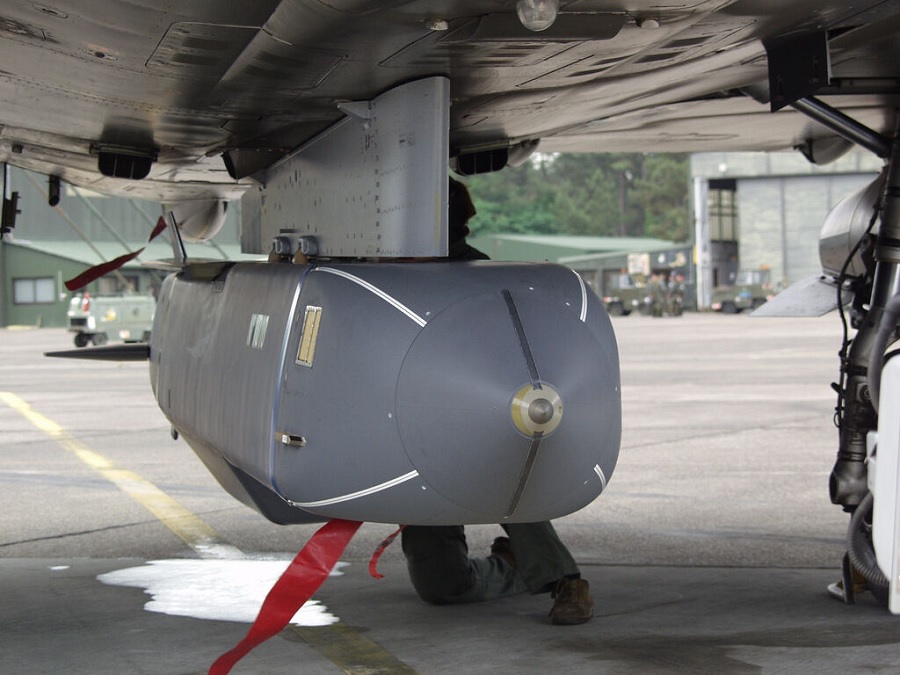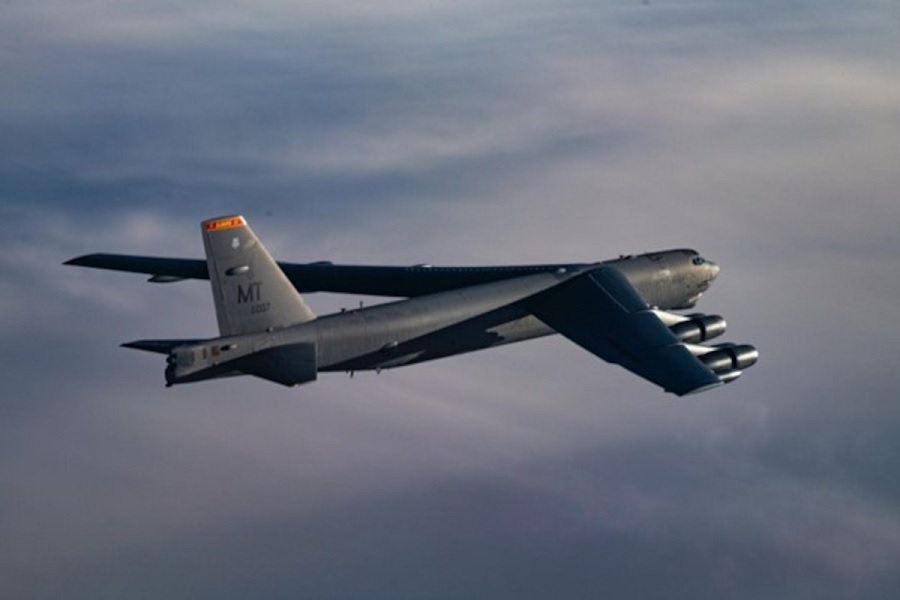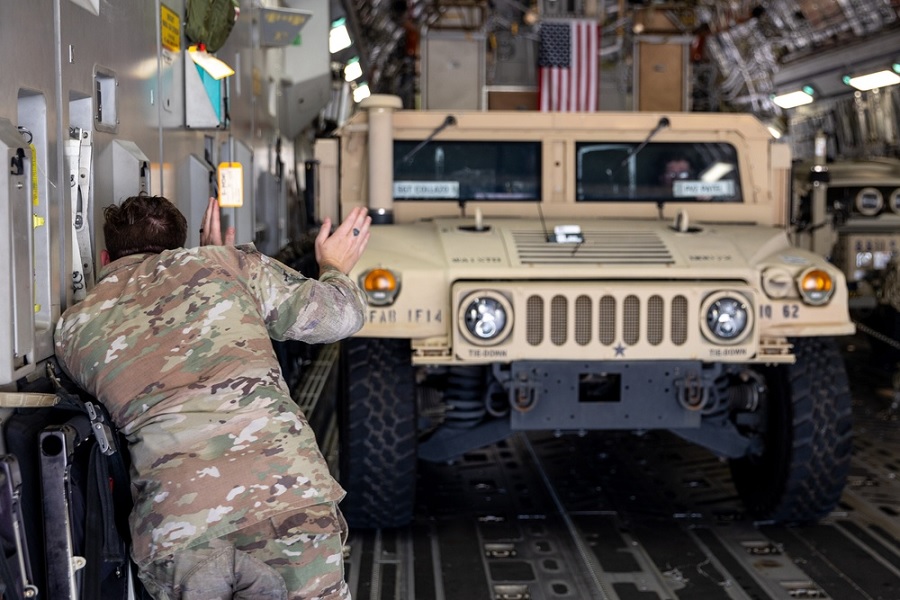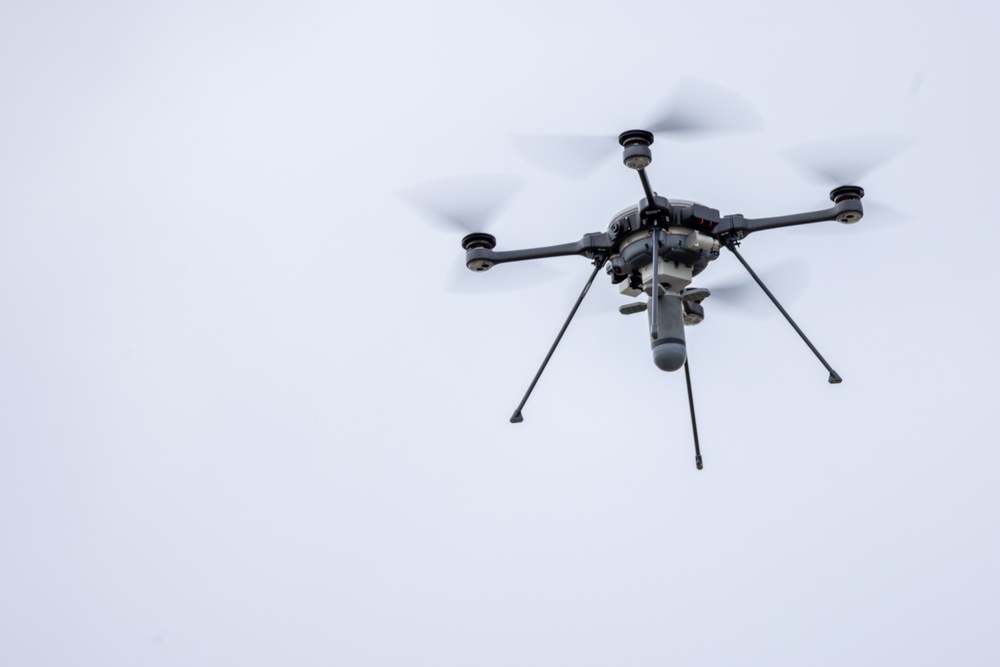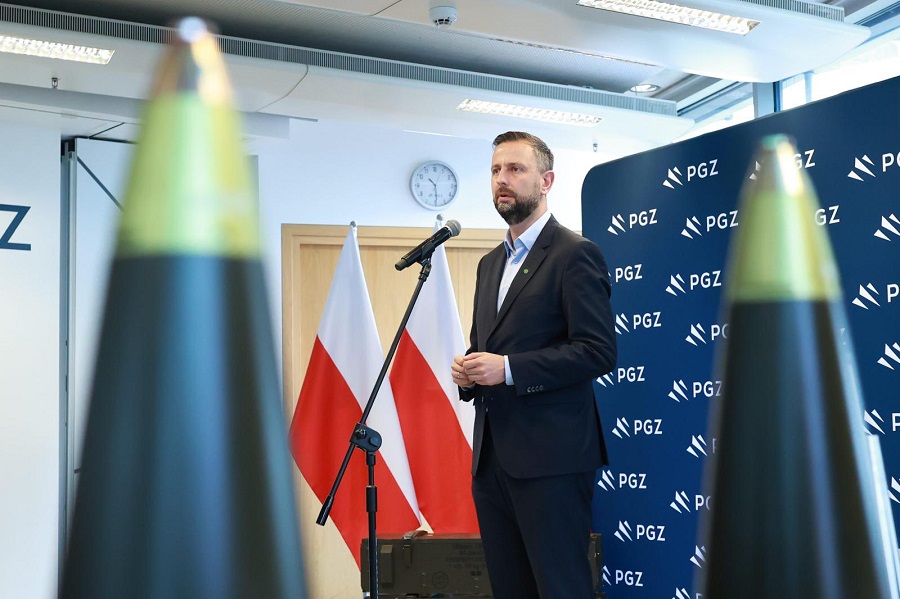The F119 engine plays a crucial role in the performance of the F-22, generating over 35,000 pounds of thrust and allowing the aircraft to operate at altitudes exceeding 65,000 feet. A key advantage of the F-22 is its ability to sustain supersonic speeds without using afterburners, a capability known as supercruise, which improves fuel efficiency and extends operational range.
Jill Albertelli, president of Military Engines at Pratt & Whitney, emphasised the importance of maintaining high readiness and reliability levels while reducing lifecycle costs. She reaffirmed the company’s commitment to ensuring that the F-22 remains a dominant air superiority fighter for the U.S. Air Force.
The sustainment programme will build on Pratt & Whitney’s ongoing cost-reduction initiatives, including the Usage Based Lifing programme, which uses real-time data to improve maintenance efficiency and extend engine life. The contract also includes upgrades to engine control systems to enhance performance, along with improvements in safety, availability, and modernisation efforts.









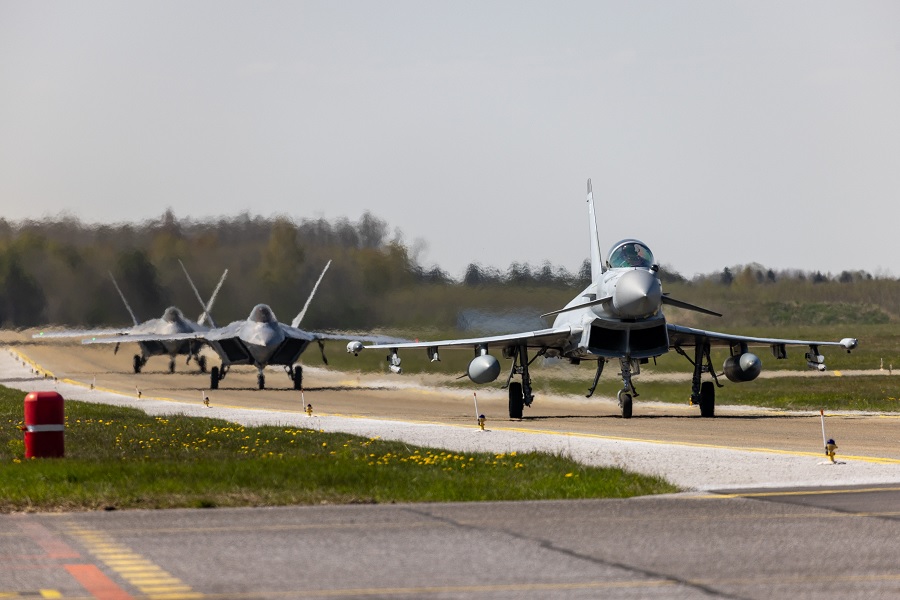
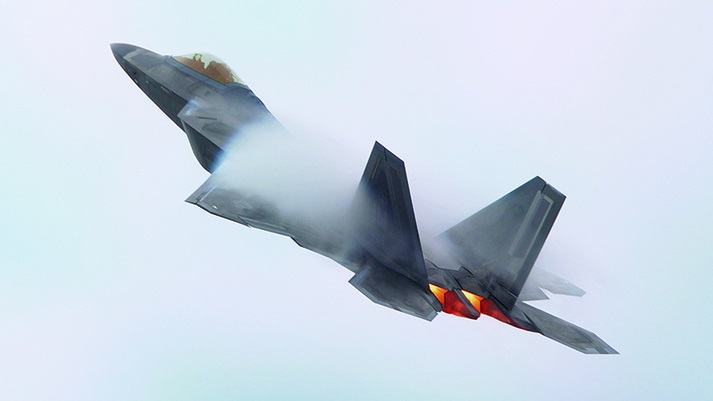


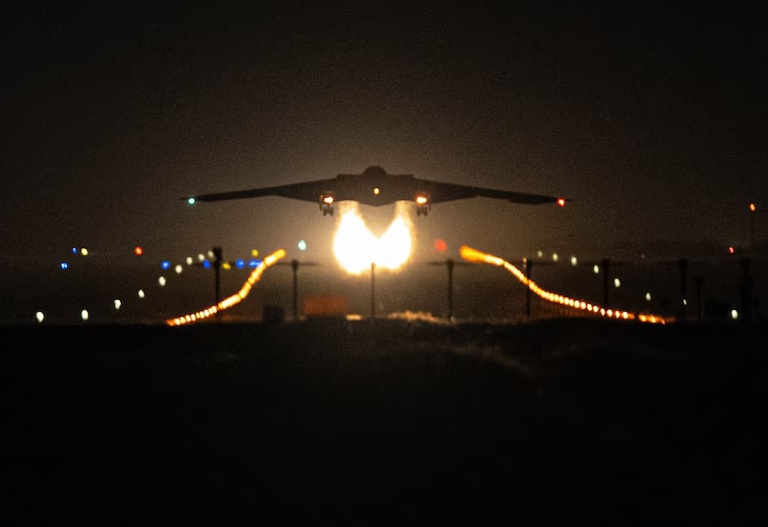
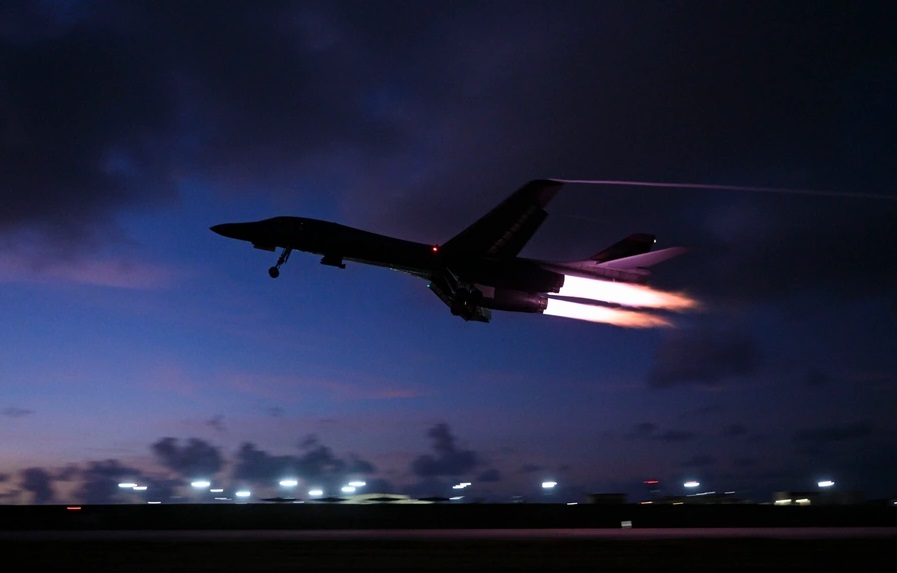
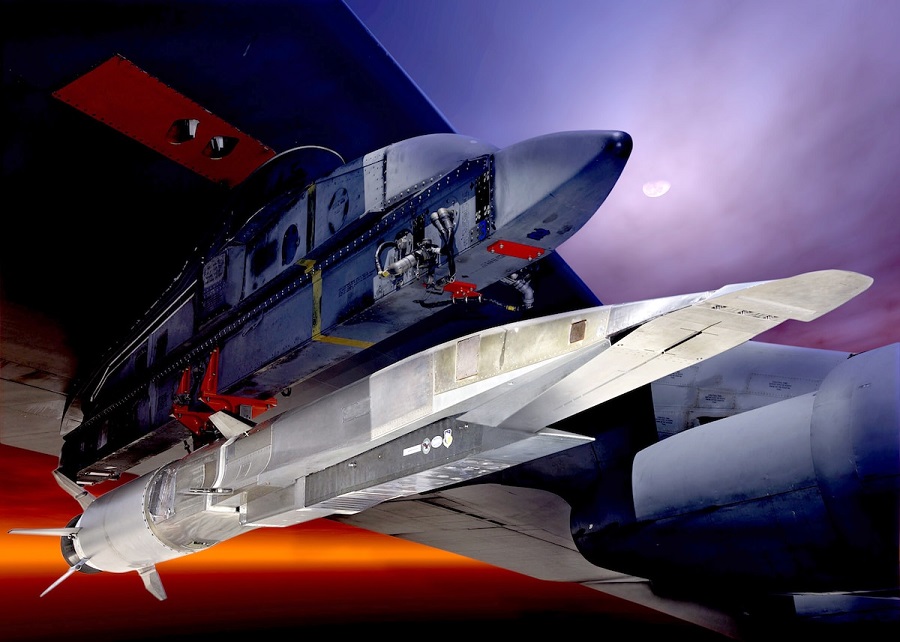
![Northrop Grumman conducts successful test of Mars ascent rocket motor [VIDEO]](https://defence-industry.eu/wp-content/uploads/2025/07/Northrop-Grumman-conducts-successful-test-of-Mars-ascent-rocket-motor-VIDEO.jpg)
